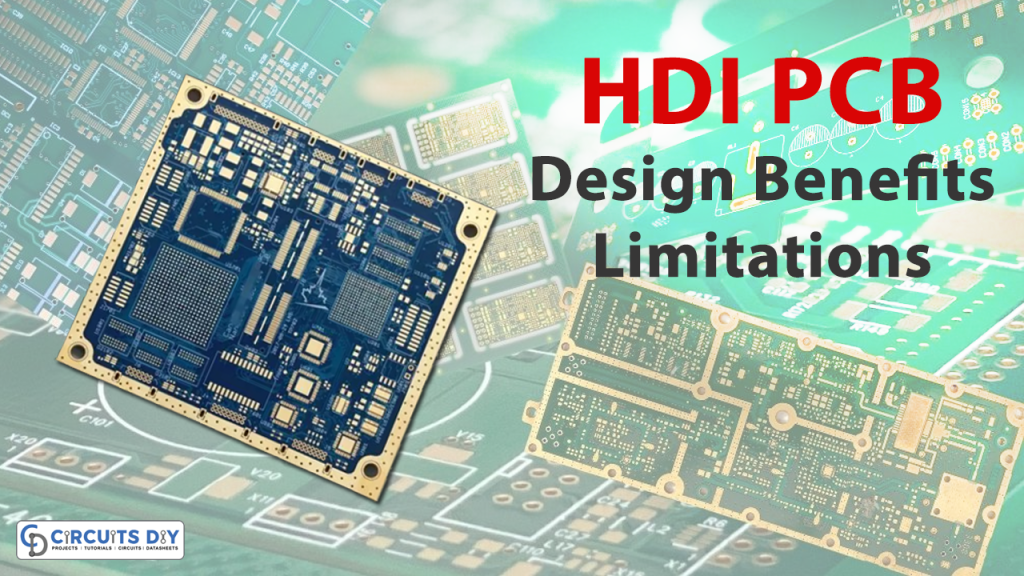High-Density Interconnect (HDI) PCBs symbolize a substantial development in printed enterprise board engineering, offering remarkable efficiency in small digital devices. Unlike standard PCBs, HDI PCBs leverage advanced production techniques to accomplish larger signal densities and smaller kind factors. This permits for the integration of more parts and functionality right into a smaller space, creating them perfect for purposes where measurement and weight are critical factors.
Among the critical top features of HDI PCBs is their use of microvias, which are microscopic holes drilled in to the PCB substrate to produce contacts between various layers of the board. These microvias allow more efficient redirecting of signals and power, reducing signal reduction and increasing over all electrical performance. Also, HDI PCBs may incorporate numerous levels of circuitry, more enhancing their operation and flexibility.
The compact size and high-density design of HDI PCBs also donate to increased signal strength and reliability. With smaller indicate routes and paid down electromagnetic disturbance, HDI PCBs may support higher-speed information sign and more complicated digital designs. This makes them well-suited for use within advanced technology such as for example smartphones, tablets, wearables, and automotive systems.
Along with their electric performance benefits, HDI PCBs provide benefits with regards to production effectiveness and cost-effectiveness. By consolidating multiple components onto a single table, HDI PCBs reduce the requirement for extra construction steps and interconnects, streamlining the creation method and reducing over all production costs. Furthermore, their smaller size and light fat can result in savings on product and delivery expenses.
HDI PCB engineering continues to evolve fast, driven by the need for smaller, stronger electronic devices. Improvements such as loaded microvias, constant lamination, and laser going are pushing the boundaries of what is probable with HDI PCBs, enabling increased degrees of integration and performance. As a result, HDI PCBs are positioned to perform a central role in the development of next-generation technology across a wide range of industries.
Despite their many benefits, developing and manufacturing HDI PCBs can present difficulties, specially when it comes to layout, impedance get a handle on, and thermal management. Developers should cautiously consider facets such as for instance indicate strength, power distribution, and aspect position to ensure optimal performance and reliability. Additionally, the high density interconnect pcb of sophisticated production methods such as for example laser going and consecutive lamination involves specialized equipment and expertise.

Over all, HDI PCBs signify an important growth in printed signal table engineering, providing a variety of high performance, small measurement, and cost-effectiveness which makes them suitable for a wide range of applications. As technology continue to become smaller, lighter, and better, the demand for HDI PCBs is expected to develop, operating further invention in the field.
